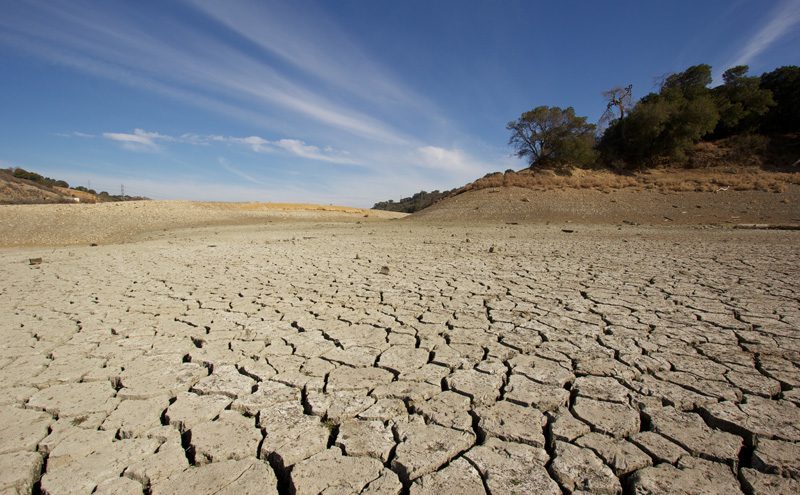
Potential to save 400 billion m3 of water yearly, equivalent to 11% of global water demand and almost the entire water consumption in the US, says the report
Global fresh water demand is expected to grow by 2% yearly in the next decades. Based on the assumption that water supply will remain relatively stable, demand growth is expected to lead to serious water stress. This is largely due to stress coming from a linear model of water use in which it gets more polluted and wasted as it travels through the system, shortening the water cycle.
A recent report by ING, Less is more: circular economy solutions to water shortages, produced in partnership with Deltares, an independent knowledge institute for water and subsoil, lays out a circular model for water usage. In this model the ‘take, make and waste approach’ is replaced by a ‘reduce, re-use and retention’ approach. The circular economy aims to close the loop and make the water system regenerative by design so water remains its quality and can be used many cycles. Moving towards more circular water systems therefore improves the local balance of water supply and demand.
In the report, ING and Deltares analyse the circular potential in six regions: Northern India, California, Ghana, United Arab Emirates, Bangladesh and The Netherlands. The report finds that, while the circular economy is not able to fully eliminate water shortages, it has the potential to save 400 billion m3 of water yearly, which is equivalent to 11% of global water demand and almost the entire water consumption in the US.
Key regional findings include:
– In California, the circular economy has the potential to almost halve the number of years with anticipated water shortages. For the years where shortages remain, these are reduced by over 90%. The circular economy could provide an alternative for desalination projects that come with high environmental and social costs.
– Northern India is a very water stressed region and has a large water intensive agriculture sector. The region is expected to experience water shortages in every year up to 2050. However, the circular economy can reduce these water shortages by one third and save around 350 billion m3 yearly. This equates to 10% of the water used globally.
– Bangladeshis expected to experience water shortages in every year up to 2050. However, the circular economy has the potential to almost half the water shortages which saves 20 billion m3 annually.
– The United Arab Emirates ranks among the most water stressed countries in the world. While it is expected to experience yearly water shortages up to 2050, the circular economy has the potential to reduce water shortages by around 16% in all years bar one in this period (in which the circular economy is expected to completely eliminate shortages).
– Ghana: Up to 2050 Ghana is expected to experience water shortages in 15 out of the 34 years on a country level. The circular economy will only eliminate shortages in one of these years, but has the potential to reduce water shortages by about 2/3rd in the remaining years which equals 117 million m3 annually.
– In The Netherlands, water shortages in the agriculture sector can be reduced by up to a quarter with circular economy measures.
Gerben Hieminga at ING Economics Department, said: “As our findings demonstrate, circular water measures certainly have high potential to reduce water stress. Applying the principals of the circular economy requires transformative change of current linear water systems, which in turn also presents businesses with a range of opportunities throughout the supply chain.
“Nonetheless, we must be cognisant of the fact that these measures cannot be implemented in isolation. Barriers to progress, such as costs of implementation, regulatory control and free water rights, as well as the entire water cycle from supply, demand and behaviour, needs to be improved before a circular water solution can be as effective in achieving such positive results.”







